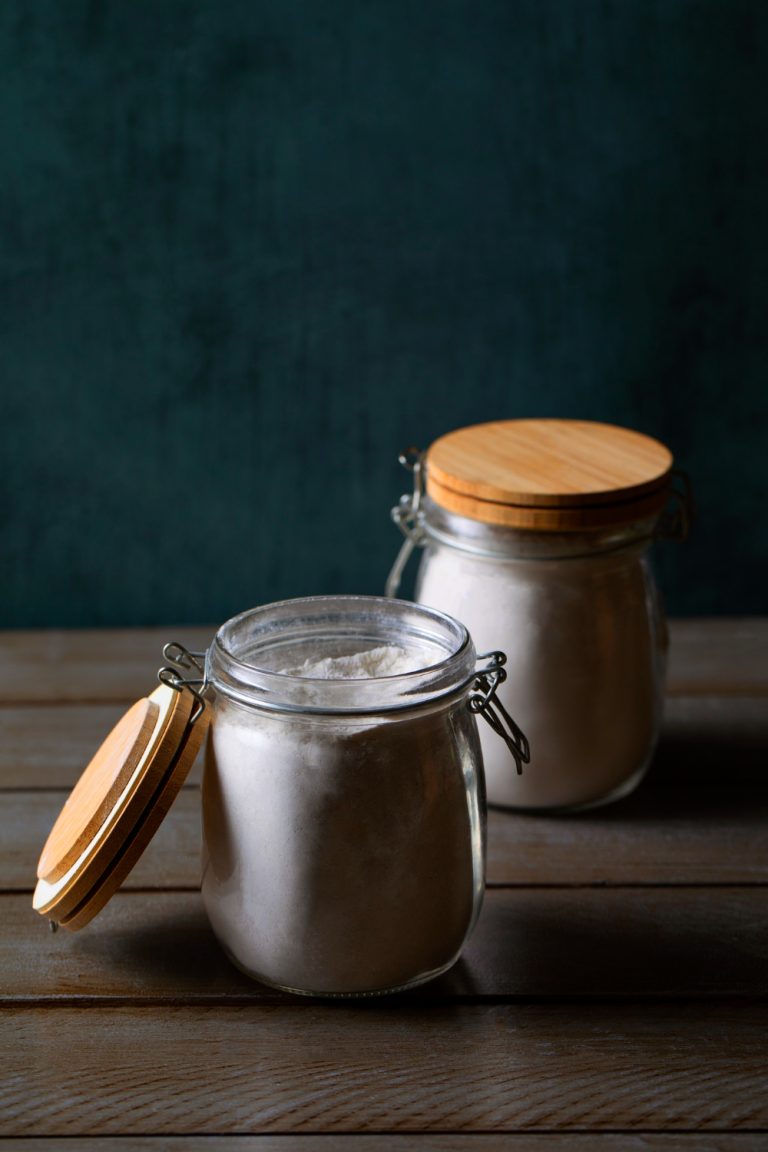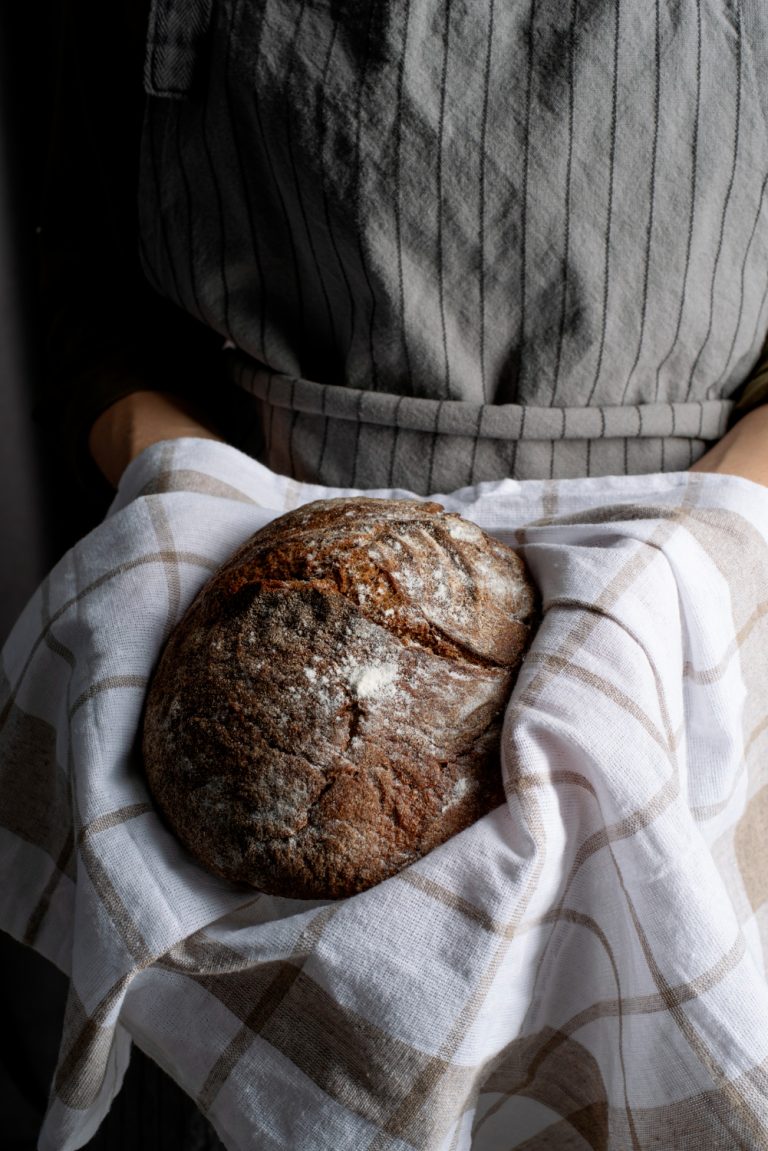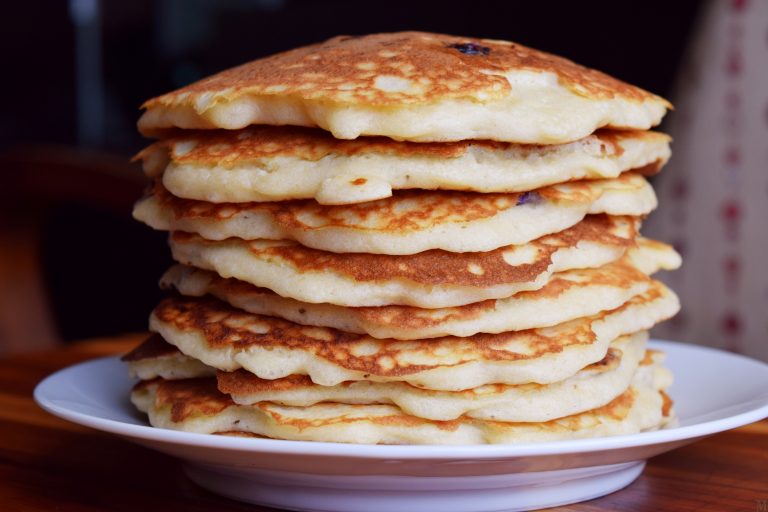How to Pair Sourdough Inclusions with Seasonal Ingredients for Unique Flavors
Sourdough bread brings creative baking and flavor exploration to life. Simple loaves become unique, flavorful creations when you add sourdough inclusions that change with each season. Bakers worldwide create breads that showcase their local flavors by trying different ingredients based on what’s available.
This piece shows you everything about working with ingredients like herbs, dried fruits, nuts, and cheese. You’ll discover amazing seasonal flavor combinations and proper ways to prepare inclusions. The guide includes tips to fix common problems in sourdough baking. You’ll also learn to adjust hydration levels and become skilled at folding techniques that help spread inclusions evenly through your loaves.
Choosing the Right Inclusions
The art of adding ingredients to sourdough bread starts with knowing how different additions can improve its flavor and texture. Sweet dried fruits and savory herbs each bring their own unique characteristics to your final loaf.
Types of inclusions (fruits, nuts, herbs, etc.)
Sourdough bread becomes more interesting with different ingredients that add unique flavors and textures. Here’s a breakdown of the main categories:
| Category | Examples |
|---|---|
| Fresh Herbs | Rosemary, basil, thyme (¼ cup chopped) |
| Dried Ingredients | Raisins, apricots, nuts, chocolate chips (1-2 cups) |
| Seeds | Mustard, caraway, sesame (2-3 tablespoons) |
| Cheese | Cheddar, parmesan, feta (8 oz) |
| Moist Ingredients | Roasted garlic, olives, jalapeños (1-1.5 cups) |
Preparing inclusions for baking
The right preparation of inclusions is a vital part of successful sourdough integration. Each ingredient needs specific handling:
- Dried Fruits: Soak in hot water or tea for 2 hours before incorporating
- Nuts and Seeds: Toast to boost flavor; cool completely before adding
- Fresh Ingredients: Roast garlic, cook bacon until crispy, and drain wet ingredients well
- Cheese: Grate or cube to ensure even distribution throughout the dough
Proper draining is needed for wet ingredients like olives or roasted peppers. The recipe’s hydration should also be adjusted to prevent the dough from becoming too wet and difficult to shape.
Quantity guidelines for inclusions
The baker’s percentage method serves as the golden rule for sourdough inclusions. Your inclusions should make up 20% of the total flour weight. A recipe with 500g of flour should contain no more than 100g of inclusions.
Wet ingredients require reducing the recipe’s water content. The quickest way is to subtract 50% of the wet inclusion’s weight from the total water. For example, a recipe with 113g of roasted red peppers needs 57g less water.
Salty ingredients like olives or pickled vegetables need special attention to salt levels. You should adjust the total salt to 11g with 113g of pickled ingredients because they add extra saltiness during fermentation.
These basic guidelines about inclusion types, preparation methods, and quantities help you confidently experiment with different combinations. Your dough structure and consistency will remain perfect.
Seasonal Flavor Combinations
Bakers can create unique sourdough flavors throughout the year using local seasonal ingredients. Nature offers signature flavor combinations that enhance sourdough’s natural tanginess every season.
Spring: Lemon zest and fresh herbs
Bright, citrusy notes paired with aromatic herbs awaken our senses in spring. Bakers incorporate fresh lemon zest directly into their dough and watch it release fragrant oils during fermentation—a combination of lemon zest with fresh rosemary results in a remarkably fresh-tasting loaf. Bakers add the zest during the final fold to boost its aromatic qualities effectively.
Summer: Tomato and basil
Mediterranean flavors shine through this classic combination of tomato and basil in summer sourdough baking. Blended roasted tomatoes and their sun-dried counterparts create a rich base that adds complexity to the bread. The dough transforms with fresh basil leaves that spread beautifully during the second stretch and fold. This flavorful loaf makes excellent sandwiches and tastes amazing with garden-fresh vegetables.
Fall: Pumpkin and warming spices
Fall brings rich, warming flavors to sourdough baking. Pumpkin puree makes the bread moist and tender, and pumpkin pie spices add wonderful aromatic depth. Everything in Pumpkin Sourdough:
- Pure canned pumpkin works best, not pie-filling
- Your hydration levels need adjustment with homemade puree
- Beautiful swirls appear when you add spices through lamination
- A touch of brown sugar adds a subtle sweetness
Winter: Dried fruits and nuts
Rich, substantial combinations of dried fruits and toasted nuts define winter baking. This season’s signature combinations include:
| Fruit Component | Nut Pairing | Additional Notes |
|---|---|---|
| Dried Cherries | Walnuts | Boosts tangy notes |
| Golden Raisins | Pecans | Provides sweet balance |
| Dried Cranberries | Almonds | Festive holiday option |
Proper ingredient preparation plays a crucial role in the success of winter combinations. Fresh, plump fruits and lightly toasted nuts release natural oils and flavors. These dense ingredients need extra bulk fermentation time because their sugars slow fermentation.
Seasonal Flavor Enhancement Matrix:
- Spring: Incorporate zest during the final fold
- Summer: Roast tomatoes at 400°F for optimal flavor
- Fall: Layer spices during lamination
- Winter: Toast nuts before incorporation
These seasonal combinations turn simple sourdough into artisanal creations celebrating each season’s unique characteristics. Bakers who understand these pairings can craft breads that capture the year’s natural rhythm while preserving their sourdough’s integrity.
Incorporating Inclusions into Your Dough
They add ingredients to sourdough, which demands exact timing and proper technique to create the best results. The method and timing of incorporating inclusions significantly affect the bread’s texture, appearance, and overall quality.
When to add inclusions
Adding ingredients at the right time plays a significant role in dough development. Bakers can choose from three optimal windows to incorporate ingredients:
- Early Incorporation: During the second or third stretch and fold, allowing for even distribution and proper gluten development
- Mid-Process Addition: Through lamination after original gluten formation
- Late-Stage Integration: During final shaping for delicate ingredients
Bakers achieve the best results by adding inclusions during the second set of stretches and folds. This method allows the dough to develop its original strength and ensures even distribution of ingredients throughout the fermentation process.
Folding vs. mixing techniques
Sourdough bread’s final texture depends heavily on how you incorporate ingredients. Let’s look at the main techniques that bakers use:
| Technique | Best For | Benefits | Considerations |
|---|---|---|---|
| Stretch & Fold | Most inclusions | Even distribution maintains dough structure | Requires multiple folds |
| Lamination | Spices, seeds | Creates beautiful swirls, excellent distribution | Takes more time |
| Dimpling | Wet ingredients | Prevents tearing, controls moisture | It may affect crumb structure |
The dimpling technique combined with stretch and folds works best for larger batches. Bakers handling smaller quantities usually pick lamination because it gives them better control over how inclusions spread throughout the dough.
Adjusting hydration levels
Working with inclusions needs careful attention to dough hydration. The simple principles of adjusting hydration include:
Wet Ingredients
- Subtract 50% of the inclusion weight from total water
- Example: For 113g roasted peppers, reduce water by 57g
Dry Ingredients
- Watch the dough consistency as you mix
- Add water bit by bit if needed
- You might want to pre-soak dried fruits
Salt Considerations
- Cut back on recipe salt with brined ingredients
- Standard reduction: 11g salt per 113g of pickled ingredients
Different flours absorb water differently, and factors like humidity can change how much hydration is needed. Doughs with high hydration (above 80%) need extra care during handling to prevent too much stickiness and keep the dough structure intact.
Check dough consistency throughout the mixing process to ensure the best results. The dough might become very sticky, so add more flour gradually to achieve the desired texture. If the dough feels too dry after adding moisture-absorbing inclusions, you can add small amounts of water during stretch and folds.
Your success with inclusions largely depends on the dough’s strength. Advanced bakers can play around with higher hydration levels, while newcomers should stick to standard hydration rates and adjust based on what they see. This step-by-step approach will give you consistent results while you build skills for more complex variations.
Troubleshooting Common Issues
Experienced bakers face challenges when working with sourdough inclusions. Knowledge of common problems and solutions leads to consistent results and beautiful loaves that bakers can create repeatedly.
Dealing with wet inclusions
Wet ingredients like roasted garlic, artichoke hearts, and sun-dried tomatoes need proper moisture management. You should really drain and pat dry these ingredients before adding them to your mix. Here’s what works best:
| Ingredient Type | Preparation Method | Hydration Adjustment |
|---|---|---|
| Roasted Vegetables | Pat dry, cool completely | Reduce water by 50g per 100g inclusion |
| Olives | Drain, pat dry | Reduce water by 25g per 100g inclusion |
| Sun-dried Tomatoes | If oil-packed, drain well | Reduce water by 35g per 100g inclusion |
Temperature Control: Keeping your dough temperature between 24°C and 28°C (75F and 82F) is vital when working with wet inclusions. At higher temperatures, your dough can become sticky and ferment too much.
Preventing burning or scorching
Perfect loaves can lose their quality due to burnt bottoms and scorched inclusions. Here are the quickest ways to prevent this:
Dutch Oven Modifications:
- Add aluminum foil under the Dutch oven
- Place a baking sheet on the rack below
- Spread uncooked rice or pie weights across the bottom
Temperature Management:
- Begin at 450°F (230°C) to create steam
- Lower to 425°F (218°C) after lid removal
- Check that internal temperature reaches 207-210°F
Enriched doughs with sugars or dairy need a temperature reduction of 25°F to prevent burning. Parchment paper creates a protective layer between the dough and the hot surface.
Achieving even distribution
Your bread’s flavor and texture won’t be consistent if inclusions aren’t distributed evenly throughout the loaf. The quickest way to get perfect distribution depends on your technique and timing:
The 8-Layer Method:
- Divide inclusions into 8 equal portions
- Stretch dough into a large square
- Layer inclusions between dough folds
- Create alternating layers of dough and inclusions
- Complete final shaping carefully
Cheese or dried fruits can be tricky, so here’s what you should think about:
- Lower hydration levels give you better control
- Add inclusions during the second or third fold
- Use the dimpling technique with wet ingredients
- You retain control through proper handling
Temperature Considerations: A cooler bulk fermentation (around 75°F) helps you control the dough better with inclusions. Your dough structure stays intact and doesn’t over-ferment.
You can gently tuck back any inclusions that fall out during shaping without hurting the dough structure. A stronger gluten network before adding inclusions helps keep them in place if they’re being stubborn.
Hydration Management: If your dough gets too wet and sticky:
- Add extra flour gradually during shaping
- Use rice flour to dust bannetons
- Cut overall hydration by 5%
- Let the dough bulk ferment longer at lower temperatures
Note that inclusion loaves look shorter and denser than plain sourdough. This happens especially with cheese or oil-rich additions. Your success depends on adjusting expectations and techniques while watching fermentation signs like dough strength and surface bubbles.
Conclusion
Making perfect sourdough inclusions just needs careful attention to detail. Bakers must focus on exact ingredient prep and moisture control. The foundations of outstanding artisan breads are the right timing, proper water adjustments, and a complete picture of seasonal ingredients. These skills and some creative testing help bakers create unique loaves that blend traditional methods with exciting flavor combinations.
Seasonal ingredients give bakers countless ways to grow their sourdough collection year-round. Every well-crafted loaf reflects local flavors and age-old techniques that artisan bakers have passed down through generations. Home bakers and restaurant owners who want to make exceptional bread with that perfect tangy flavor and signature crust can ask john@theyeastwecando.com
about premium small-batch sourdough starter from The Yeast We Can Do. Bakers can turn simple flour and water into amazing sourdough creations that celebrate seasons and excite taste buds using the proper techniques and quality ingredients.
FAQs
What is the best method to incorporate inclusions into sourdough?
Sprinkle inclusions on top of the dough during the stretch and fold stages to evenly distribute them throughout your sourdough. Gently stretch and fold the dough several times to incorporate the inclusions. Doing this early in the stretch and fold process helps spread them evenly.
When should I add inclusions to my sourdough dough?
Adding inclusions after the last stretch and fold session before the bulk fermentation phase is advisable to ensure they are more evenly distributed throughout the bread. For denser inclusions like nuts and cheese, consider adding them in smaller sizes to prevent sinking.
Is it possible to add inclusions after the dough has undergone cold-proofing?
Yes, you can add inclusions at any stage of the sourdough-making process. The choice is yours whether during the first stretch and fold, just before shaping the dough, or at any point in between.
What are some good pairings for sourdough bread?
Sourdough bread pairs wonderfully with a variety of fillings. Some great sandwich ideas include a classic Reuben, a turkey avocado BLT, a grilled cheese with gourmet mushrooms, a tuna melt, an egg salad sandwich, pastrami with Swiss cheese, a veggie sandwich with hummus, and a chicken pesto sandwich.
What are some recommended sourdough inclusions for beginners?
If you’re new to adding inclusions in sourdough, you might start with cheeses, onions, or even cocoa powder for a unique twist. The proportions and specific inclusions can vary based on personal taste and the desired flavor profile. Experimenting with different inclusions can help you discover what you enjoy most.






